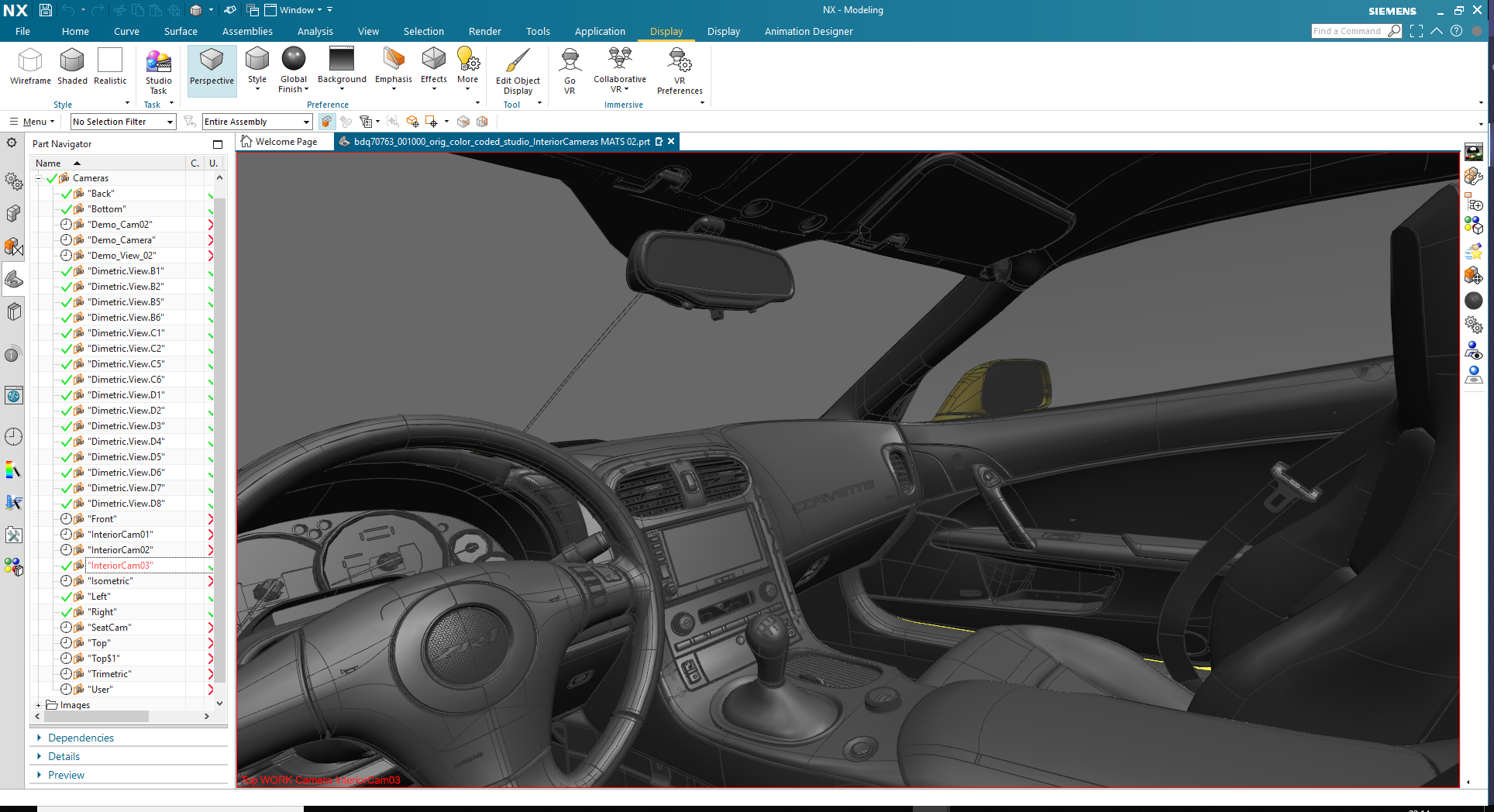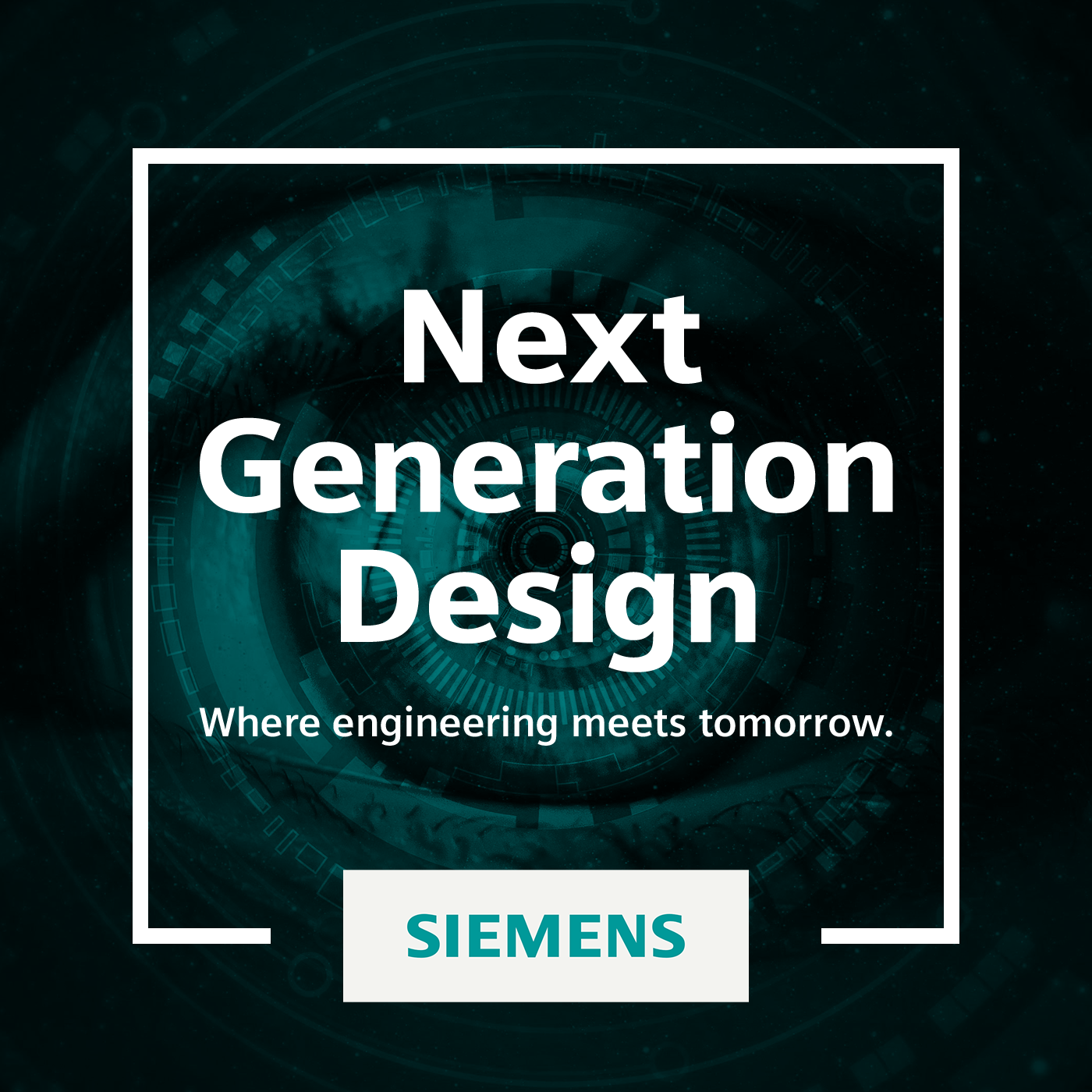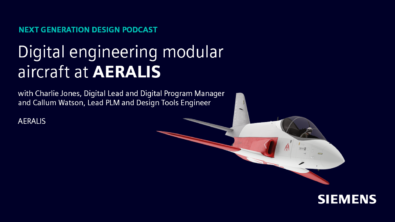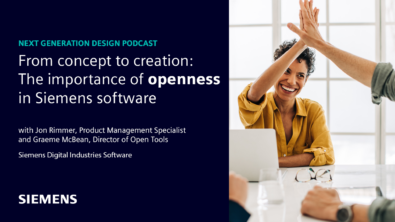Creating better product form and function through visualization

The value of VR is the ability to experience a product, or a vehicle, or a design at a human scale with other people.
The three keys to success when it comes to visualization are the quality, the speed at which you can produce an image or an animation, and the ease of use. These keys empower users to make design decisions early in their development process leading to better, more realistic designs through the use of visualization technologies.
Listen Now:
In this episode in the Next Generation Design podcast, Jennifer Piper sits down with Gavin McCambridge, Visualization Creative Team Manager at Siemens, and Ben Widdowson, Center of Excellence for Visualization Head of Marketing; for a discussion around the importance of 3D visualization to a product designer, how the technology works, and the efficiency and quality benefits it provides.
When helping users adopt Virtual Reality (VR) technologies it is important to make it as quick and easy as possible to load a large dataset. Users don’t want to spend additional time configuring a dataset for virtual reality. Time spent on arduous data prep tasks is less time for design teams to review iterations. Being able to instantly load a model into VR quickly allows teams to review their designs more often. This ultimately leads to design teams being able to produce a better product in a fraction of the time.
Whether you’re modelling, animating, or doing final renders, the look and feel of your model should be consistent.
Another key benefit of VR when working in an integrated environment is that everyone can leverage the same digital twin from anywhere. This means that whether a users wants to jump into virtual reality, run an animation or render some visual appearances, designers and engineers have all these options at their fingertips wherever they are in the product lifecycle.
To assist with design reviews, it’s important to be able to show how a product might be used by animating mechanical parts or even how it might be assembled. Being able to create animation sequences to illustrate these concepts adds a lot more detail and context compared to just still images. Animations also help designers communicate form and style much better than just stills.
Listen to this podcast episode now:
All of these technologies when used properly provide images and animations that look “too real.” Try it today and see for yourself.
Topics that will be covered in this episode of the Next Generation Design podcast include:
- Virtual Reality
- Human Scale & Collaboration
- Operator Cabin Visibility
- One Click to VR
- Appearance Management
- Animation
On this episode of the Next Generation Design Guests Included:
Gavin McCambridge
With over 20 years’ experience at the cutting edge of 3D visualization, Gavin now leads an expert team of creatives and 3D artists who are pushing the boundaries of high-end visualization using NX. Working across automotive to aerospace and consumer products to AEC, Gavin’s attention to detail enables him to create some of the most visually stunning content ever produced with NX. His passion for helping others to learn NX visualization is born out through his contributions to blogs and learning materials.
Ben Widdowson
Ben trained and worked as a mechanical design engineer, running a start-up product design consultancy in Manchester for a number of years before going on to Marketing and Leadership roles in the 3D visualization industry with Lightworks. In 2018 Lightworks joined the Siemens family and now Ben leads the marketing team as part of the Center of Excellence for Visualization, helping manufacturing companies adopt 3D visualization to solve tomorrow’s challenges today.

Next Generation Design Podcast
As product engineering tools continue to morph and expand at speeds human expertise may not be able to endure, Revolutionary design technologies that span beyond industry borders, will prove their necessity for companies looking to take over their markets in the future. What will the future of design technologies and machinery look like? What will your digitalization story be? Where engineering meets tomorrow.


